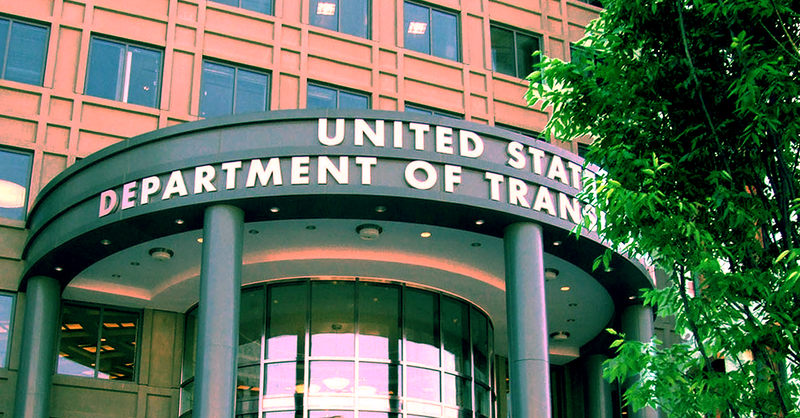Doctrinal supplement: Information Advantage
An interactive in-browser application to study the Army's information advantage concept, and doctrine
ADP 3-13
Army Information Operations
Learning Progress
Information Advantage
A condition when a force holds the initiative in terms of situational understanding, decision making, and relevant actor behavior.
Human Dimension
How people understand information, make decisions, generate will, and act within an operational environment.
- Cognitive processes
- Decision making
- Will and morale
- Cultural factors
Information Dimension
Content and data that individuals, groups, and systems communicate and exchange.
- Data collection
- Processing & analysis
- Communication channels
- Information systems
Physical Dimension
Material characteristics and capabilities within an operational environment.
- Geography & terrain
- Infrastructure
- Electromagnetic spectrum
- Weapon systems
Four Principles of Information Advantage
OFFENSIVELY ORIENTED
Seize and exploit the initiative to create, protect, and exploit information advantages in all domains. Any information advantage not sought or defended is potentially ceded to the threat.
COMBINED ARMS
Integrate all available Army, joint, interagency, and multinational capabilities in complementary and reinforcing ways to achieve effects greater than if used separately.
COMMANDER DRIVEN
Commanders visualize and describe the deliberate integration of information and capabilities to create maximum effects throughout the operations process.
SOLDIER ENABLED
All Soldiers have a role in collecting, assessing, processing, communicating, and protecting information. Every action contributes to information advantage.
Information Advantage Framework
Five interconnected activities that create and exploit information advantages
ENABLE
Enhance C2
- C2 Systems
- Ops Process
- Understanding
PROTECT
Secure Info
- OPSEC
- Security
- Network Def
INFORM
Foster Perceptions
- Army
- Domestic
- International
INFLUENCE
Affect Behavior
- Threats
- Foreign
- Deception
ATTACK
Degrade C2
- Physical
- EW
- Cyber
Integration Principle
All activities work together through the operations process. Success requires synchronized execution across all warfighting functions.
ENABLE
The force that understands, decides, and acts more effectively than its opponent has an information advantage.
Command and Control Systems
The arrangement of people, processes, networks, and command posts that enable commanders to conduct operations.
Operations Process
Plan, prepare, execute, and assess - the major C2 activities performed during operations.
- Planning: Understanding, visualizing, and describing operations
- Preparation: Activities to improve ability to execute
- Execution: Putting plans into action
- Assessment: Continuous evaluation of progress
PROTECT
The force that protects its data, information, and ability to communicate more effectively than its opponent has an information advantage.
OPSEC Process
Operations security identifies and controls essential elements of friendly information.
- Identify Essential Elements of Friendly Information (EEFIs)
- Conduct threat analysis
- Conduct vulnerability analysis
- Conduct risk assessment
- Apply OPSEC measures and countermeasures
Security Activities
Physical Security
- Access control
- Intrusion detection
- Physical barriers
- Security forces
Information Security
- Classification handling
- Personnel security
- Document control
- Threat awareness (TARP)
INFORM
The force that corrects misinformation, counters disinformation, and informs audiences more effectively than its opponent has an information advantage.
Army Audiences
Internal communication to maintain trust and readiness.
- Soldiers & Civilians
- Families
- Command information
- Threat education
Domestic Audiences
Maintain American public trust and support.
- Media engagement
- Community relations
- Social media
- Transparency
International Audiences
Strategic communication with global partners.
- Allied nations
- Host nations
- Regional partners
- Counter adversary narratives
Core Principle: Tell the Truth
The long-term success of communication strategy depends on maintaining integrity and credibility. Accurate, balanced, and credible presentation of information leads to public confidence in the Army and legitimacy of operations.
INFLUENCE
The force that combines actions and information to affect the behavior of foreign relevant actors has an information advantage.
Military Information Support Operations (MISO)
Convey selected information to influence foreign audiences' emotions, motives, and behaviors.
- Degrade enemy combat power
- Reduce civilian interference
- Increase population support
- Counter threat legitimacy
Deception Operations
MILDEC
Military deception at operational level
TAC-D
Tactical deception for immediate effects
DISO
Deception supporting OPSEC
ATTACK
The force that can communicate data and information more effectively than its opponent has an information advantage.
Physical Destruction
Kinetic effects against C2 nodes
- Surface fires
- Air strikes
- Direct action
- Infrastructure targeting
Electromagnetic Attack
Disrupt enemy use of the spectrum
- Jamming
- Directed energy
- Antiradiation missiles
- Technical deception
Cyberspace Attack
Effects through the cyber domain
- Deny
- Disrupt
- Destroy
- Manipulate
INTEGRATION
Creating information advantages requires cross-functional integration synchronized through the operations process.
Activity Lead Responsibilities
Primary Leads
- Enable: Chief of Staff
- Protect: Chief of Protection
- Inform: Public Affairs Officer
- Influence: G-3 (assisted by G-39)
- Attack: G-3 & Chief of Fires
Supporting Elements
- G-2 (Intelligence)
- G-6 (Signal)
- G-9 (Civil Affairs)
- SJA (Legal)
- CEWO (Cyber/EW)
Commander's Role
Commanders drive integration by understanding, visualizing, and describing how to create and exploit information advantages. They provide intent and guidance while ensuring all warfighting functions contribute to information advantage.
ASSESSMENT
Continuous evaluation determines if information activities achieve desired outcomes.
Self-Assessment Quiz
Test your understanding of ADP 3-13 concepts:
Q1: What are the four principles of information advantage?
Q2: Which activity focuses on securing friendly information?
Key Takeaways
- Information advantage is achieved through five interconnected activities
- All Soldiers contribute to creating and maintaining information advantages
- Integration requires commander-driven synchronization
- Success depends on understanding all three dimensions of the OE
- Combined arms approach maximizes effectiveness




